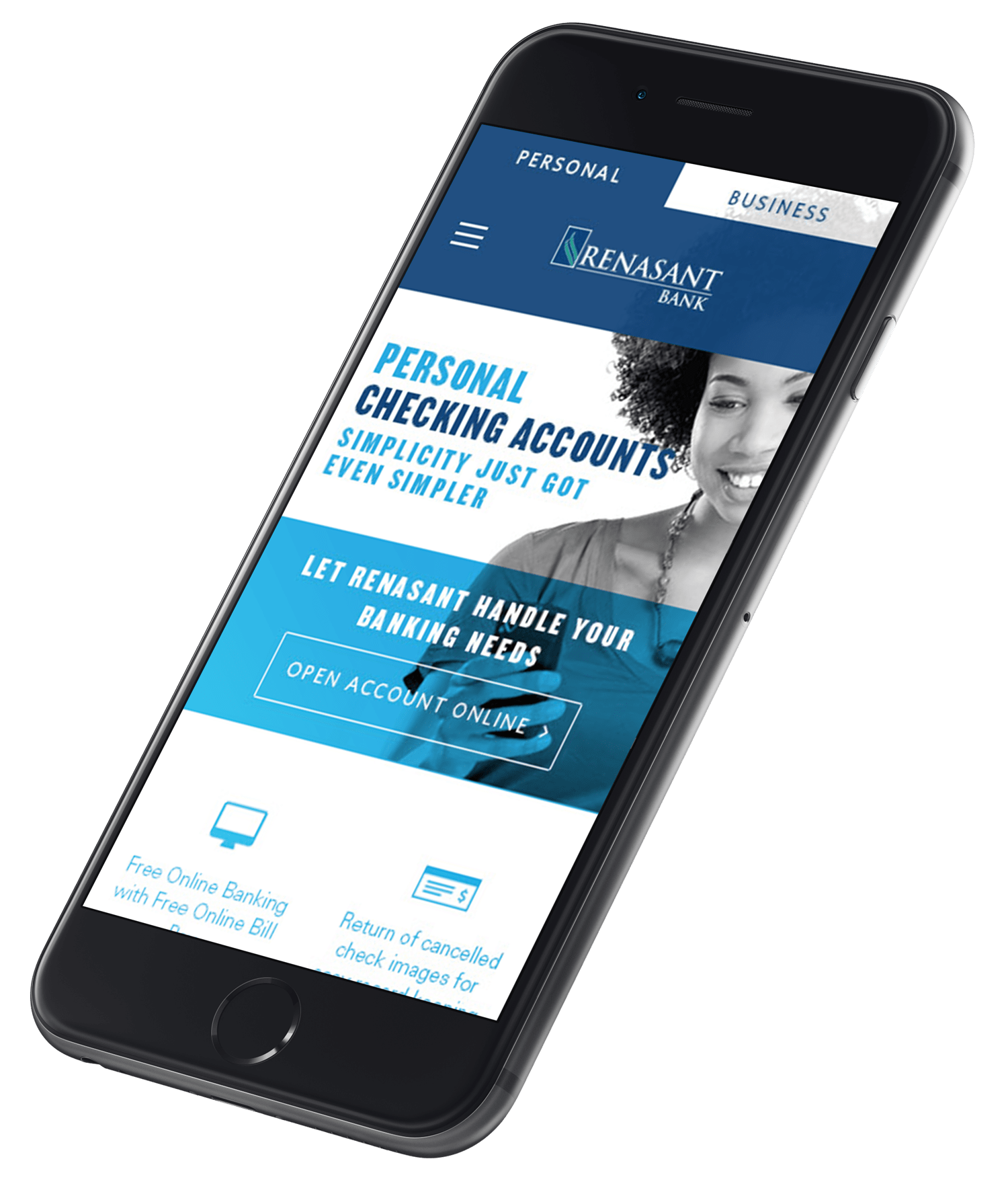We learn some pretty important things too early in life—at least, too early to properly appreciate them.
I find myself wanting to go back in time and sit through a middle school history class now that I can actually pay attention and understand, rather than merely retaining phrases like “Ottoman Empire,” “Balkan Powder Keg” and “Fertile Crescent.”
Does that seem strange? Perhaps, but these are interesting, world-shaping concepts that were given to a brain much too young to comprehend the implications. Sometimes, I can barely even associate the phrases to the correct events.
Another thing we learned too early, maybe, is Aristotle’s three methods of persuasion, which he outlines in his fourth-century text “Rhetoric.” Remember? Ethos, pathos, logos?
If you don’t remember, don’t worry. It was a long time ago (unless you’re a Greek scholar or a philosophy major).
However, what was so much gobbledygook to a junior high student has immensely relevant application in our daily marketing lives.
“Ethos,” the root word of “ethic,” is the Greek word for “character.” In the context of rhetoric, ethos is an appeal based on authority. You give something weight because it is backed by someone you know or trust or who has expertise on whatever is being discussed. I think of the old “Be like Mike” Gatorade ads featuring Michael Jordan.
“Pathos” is an emotional appeal. It seeks to incite a feeling in a viewer that will compel him or her to action. If you hear a certain Sarah McLachlan tune and think about orphaned puppies, you know the power of pathos-based appeals. Emotional persuasion is used very much in our polarized political society—it assumes that one agrees with part of a particular philosophy, there’s an emotional tie to the rest of its tenets.
Finally, “logos” is logical persuasion. It relies on a cause-and-effect style of reasoning. Logos persuasions typically involve a lot of statistics and facts. They let the information that characterizes a situation speak for itself, leaving it to the audience to draw their conclusions. Of course, the information is usually substantial enough to lead the audience to the conclusion the persuader desires.
Maybe as kids we didn’t need to persuade our peers so much, but as an adult, it’s pretty much all we do.
But let’s take ethos, pathos, and logos out of the context of winning an argument, or winning over a customer. Let’s think of them as means of connection. The fact of the matter is that different people respond to different things. Anyone who’s raised more than one child probably knows this. A tactic or method that works with one utterly fails with the other.
Another example of this idea of individualized connections, Gary Chapman’s couples’ self-help book from the mid ’90s, “The Five Love Languages,” has come back into popularity in recent years. The book’s premise is that everyone interprets and shows affection one of five different ways—through gifts, time, words, acts of service or physical touch. For someone whose love language is service, a tender touch won’t amount to much if the trash needs taking out or the sink is full of dishes. Vice versa for someone whose love language is touch.
Ethos, pathos and logos are the love languages at play in the marketing world. There’s a lot more to garner from them than you might think.
An “authoritative source” in an ethos-based piece can be anyone from an academic professional to someone who has simply tried the product and had success with it. It can be a great opportunity to give your customers a bit of the spotlight and tell their stories. But this can backfire. If you hang too much responsibility on a celebrity spokesperson, a personal failure can weigh against a brand. This is particularly true of corporate leadership. Uber and Under Armour have shown this to us lately.
On the pathos side, we work a lot with nostalgia and heartstrings in advertising. But the emotional spectrum is so much wider than that. How do you want your product to make your customer feel? Safer? Stronger? More optimistic? Or maybe you want to make the customer feel vulnerable in some way, so he or she will turn to your product for security.
To use logos, simply look to the data. Data can be a powerful thing, but don’t forget, data doesn’t interpret itself. It must be crafted into some sort of narrative that makes sense. As humans we often make decisions emotionally and then backfill with logic. The data has to be given personality.
Thinking about ethos, pathos and logos can be helpful in your own workplace too. If you’re butting heads with a coworker or an employee, try a different tack. Some people won’t commit to a task unless they know the function of the task in the larger campaign, while others will simply say “OK” with no questions asked. Some may shut down in the workplace if they don’t feel validated and appreciated, while some actually work better when instructions are given bluntly or even harshly.
So, which should you use in your marketing? No one said you had to choose just one. These aren’t mutually exclusive ideas.
A balance of authority, emotional appeal and logical backing is a formula worth seeking.




